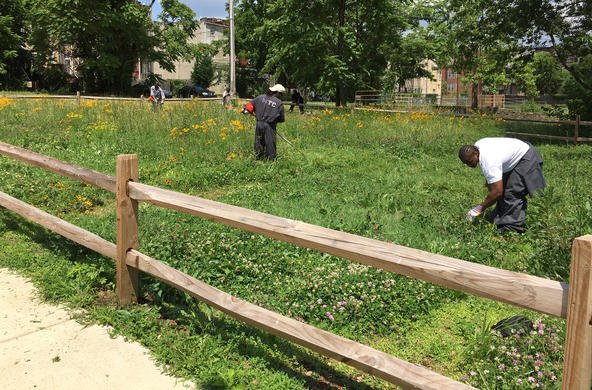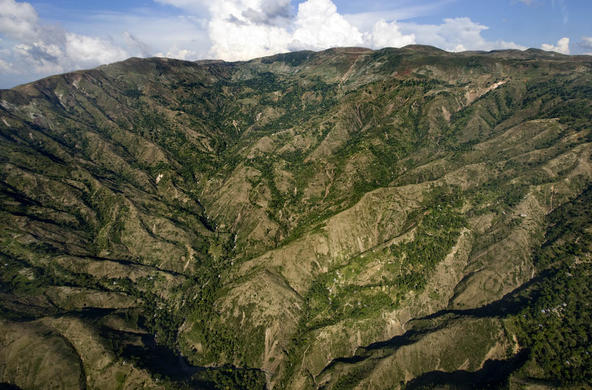
Since its inception, sustainability has been human-centric. It came into vogue in 1987, with the publication of a UN report called Our Common Future, which defined sustainable development as: “Development that meets the needs of the present without compromising the ability of future generations to meet their own needs.”
Sustainability focuses on supplying Earth’s resources to humans, now and in the future – even though many resources are actually finite. Groundwater, for instance, is regenerated at millennial timescales. Its use at any level is unsustainable for the next generation. Does that mean we shouldn’t use it? No, but we ought to be realistic about what we are doing.
Economists often argue that as prices rise from resource depletion, additional resources come to market. This has happened recurrently with petroleum. But does that mean there is more oil in the Earth’s crust? No, if we want hydrocarbons for future generations our current use is unsustainable.
Even ‘renewable’ resources like forest products and fisheries fall short. When we harvest forest products at sustainable yields, monocultures of trees are often planted in rows, depleting biodiversity and degrading ecosystem services. Talk of a sustainable yield of ocean fishes, whose populations are a mere 10% of historical levels, commonly result in lower resource availability for future generations.
When pesticides, such as neonicotinoids, are used to maintain sustainable crop yields – we compromise future populations of pollinators.
“Reduce, reuse, and recycle” are laudable goals, which should be pursued with vigor. But as long as the human population on Earth is growing, little we are doing is particularly sustainable.
**********
–This segment was adapted from an essay by Dr. William H. Schlesinger. You can read the original piece on his blog Citizen Scientist.
Photo courtesy of NRCS Oregon.






